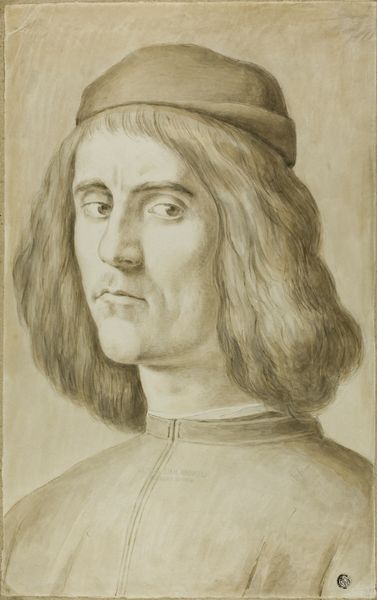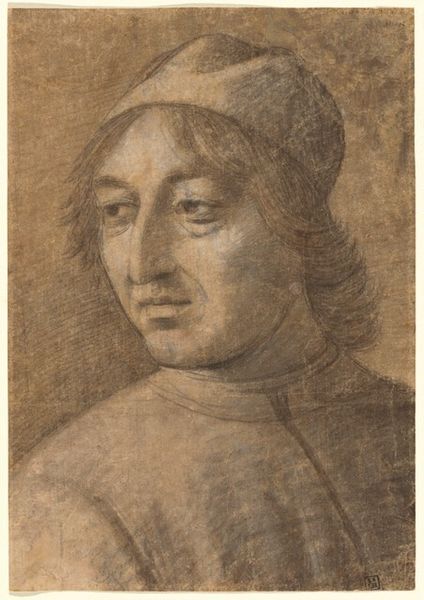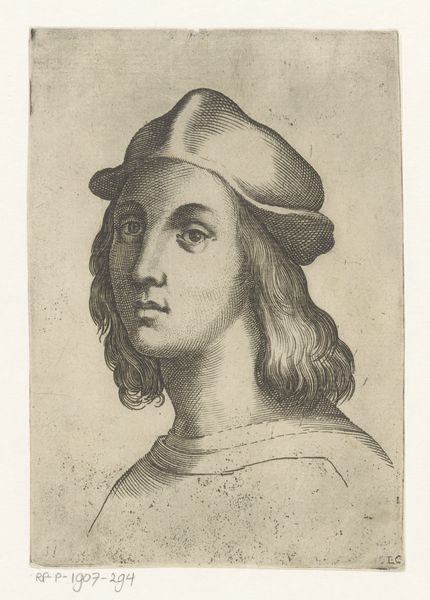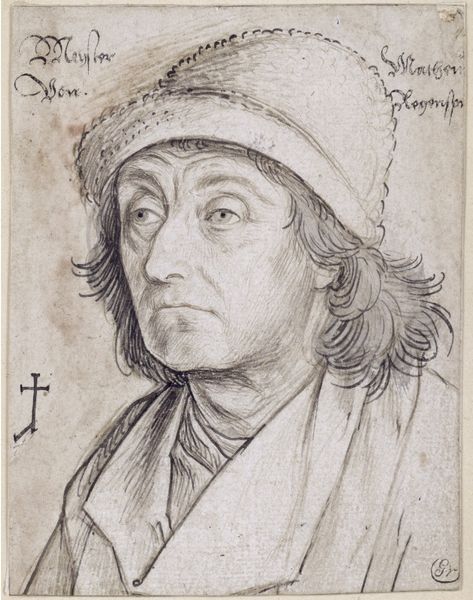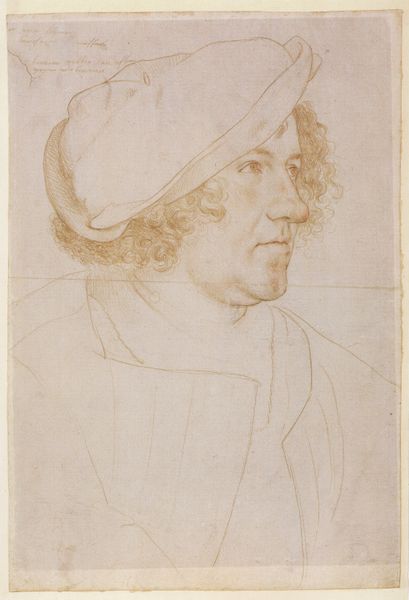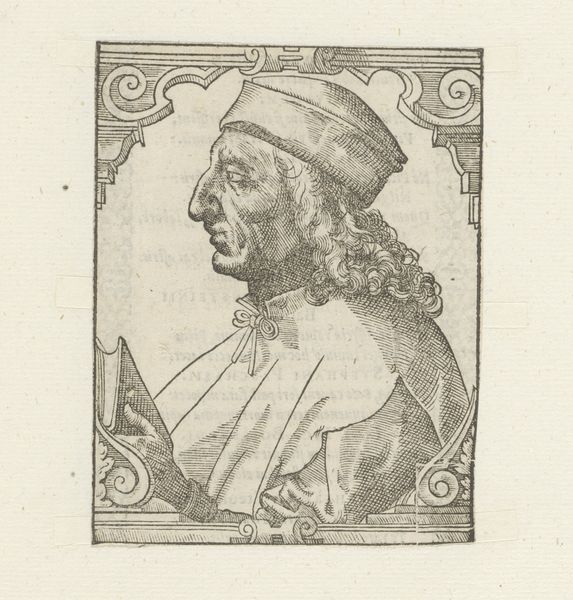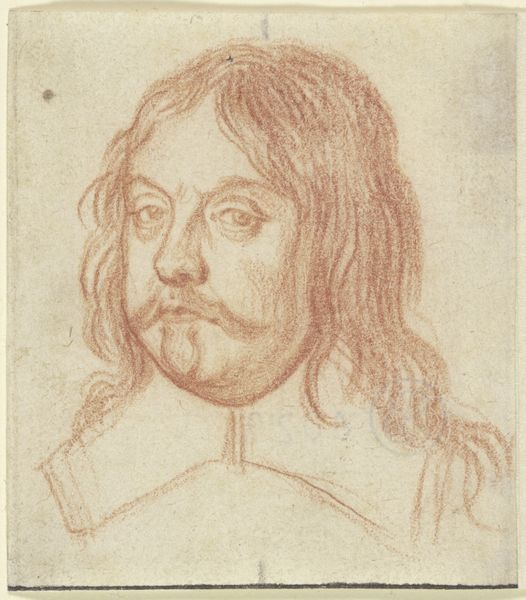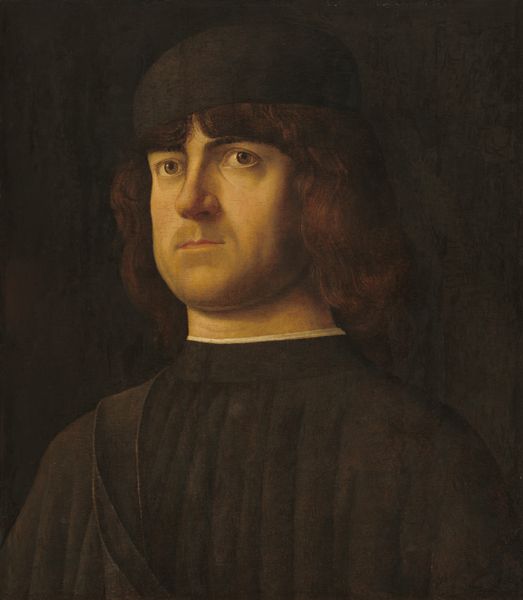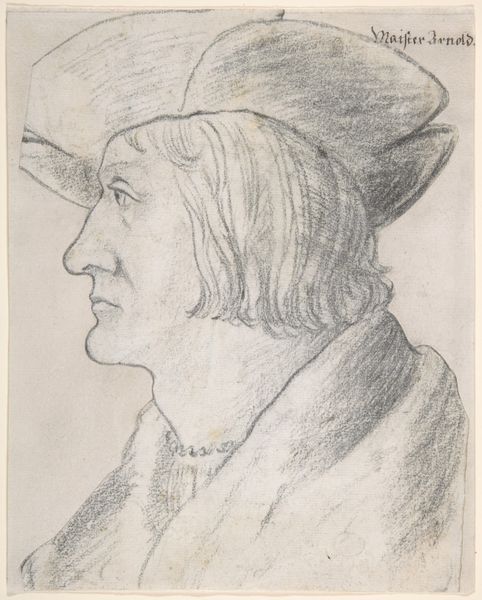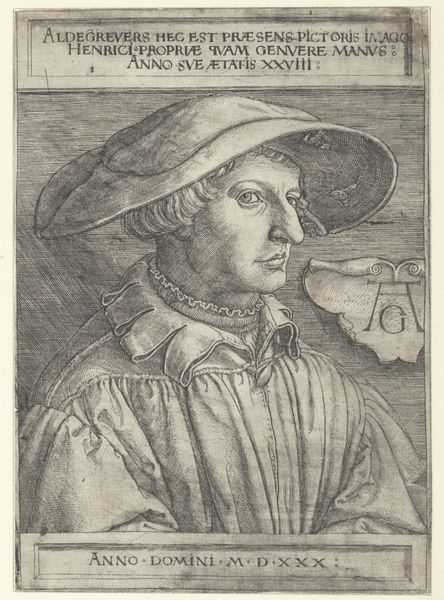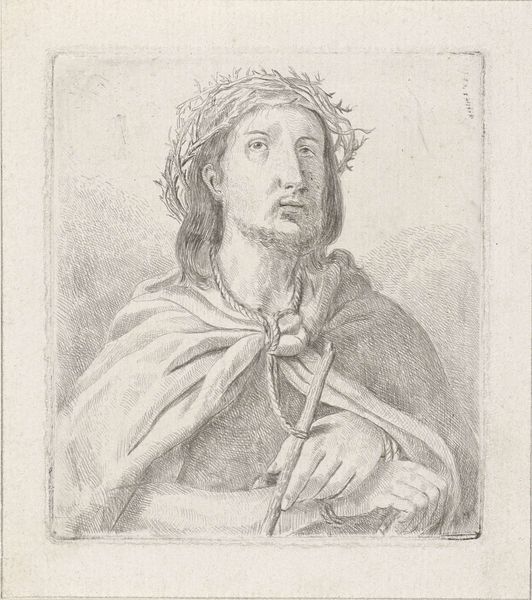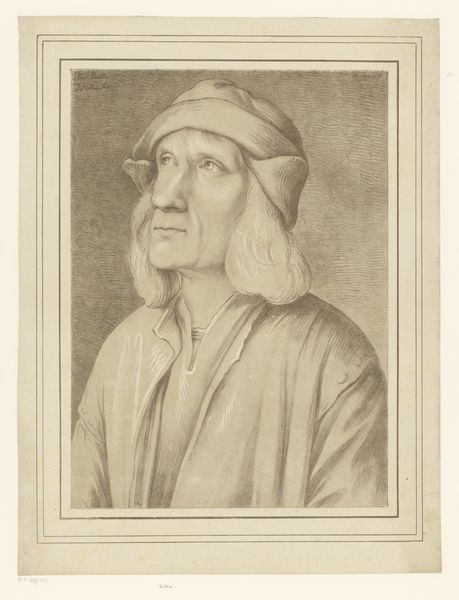
drawing, charcoal
#
portrait
#
drawing
#
self-portrait
#
charcoal drawing
#
11_renaissance
#
charcoal
#
italian-renaissance
Copyright: Public domain
Curator: I’m immediately struck by the intense gaze. The artist is looking directly at us, demanding to be seen. There’s an intimacy, despite the distance of centuries. Editor: Indeed. Here we have Gentile Bellini's Self-portrait, a drawing rendered in charcoal around 1496. It offers a remarkable glimpse into the Italian Renaissance. But that gaze, it challenges the typical heroic self-representation, doesn’t it? Curator: Precisely! Notice the details: the soft, almost melancholic eyes, framed by those wisps of hair escaping the cap. It transcends mere physical likeness. Bellini's choices regarding head covering were intentional in portraying his position in society and religion. Editor: Yes, it invites questions about the construction of identity, power, and class. How much control did Bellini, as an artist deeply embedded in Venetian society, have over his self-image? He's depicting himself, but for whom? Curator: I believe it is more concerned with the artistic temperament, you can sense that contemplative thoughtfulness. Charcoal, often associated with preliminary sketches, allowed Bellini to capture a sense of immediacy and introspection. It’s not about bravado, it's about capturing a mood, an inner state. Editor: But mood is never neutral. For me, it's hard to disconnect any self-portrait from the politics of self-representation. Consider Venice during this period, the opulence and inequality... How does Bellini situate himself within this context? The plain clothing could be interpreted as a conscious decision to downplay material wealth, focusing instead on intellectual or artistic worth. Curator: I suppose one could make such arguments. The subtlety and restraint within this artwork draw one to appreciate the mastery in simplicity, something very telling considering its origins. Editor: It's interesting how much we project onto a single gaze. It certainly serves as a starting point for many considerations, regarding both the artist, and his place and time. Curator: It reminds us how portraits can become powerful carriers of cultural and personal symbolism across generations. Editor: Ultimately, it shows how a single, arresting image can embody a network of layered social, political, and individual stories.
Comments
No comments
Be the first to comment and join the conversation on the ultimate creative platform.
